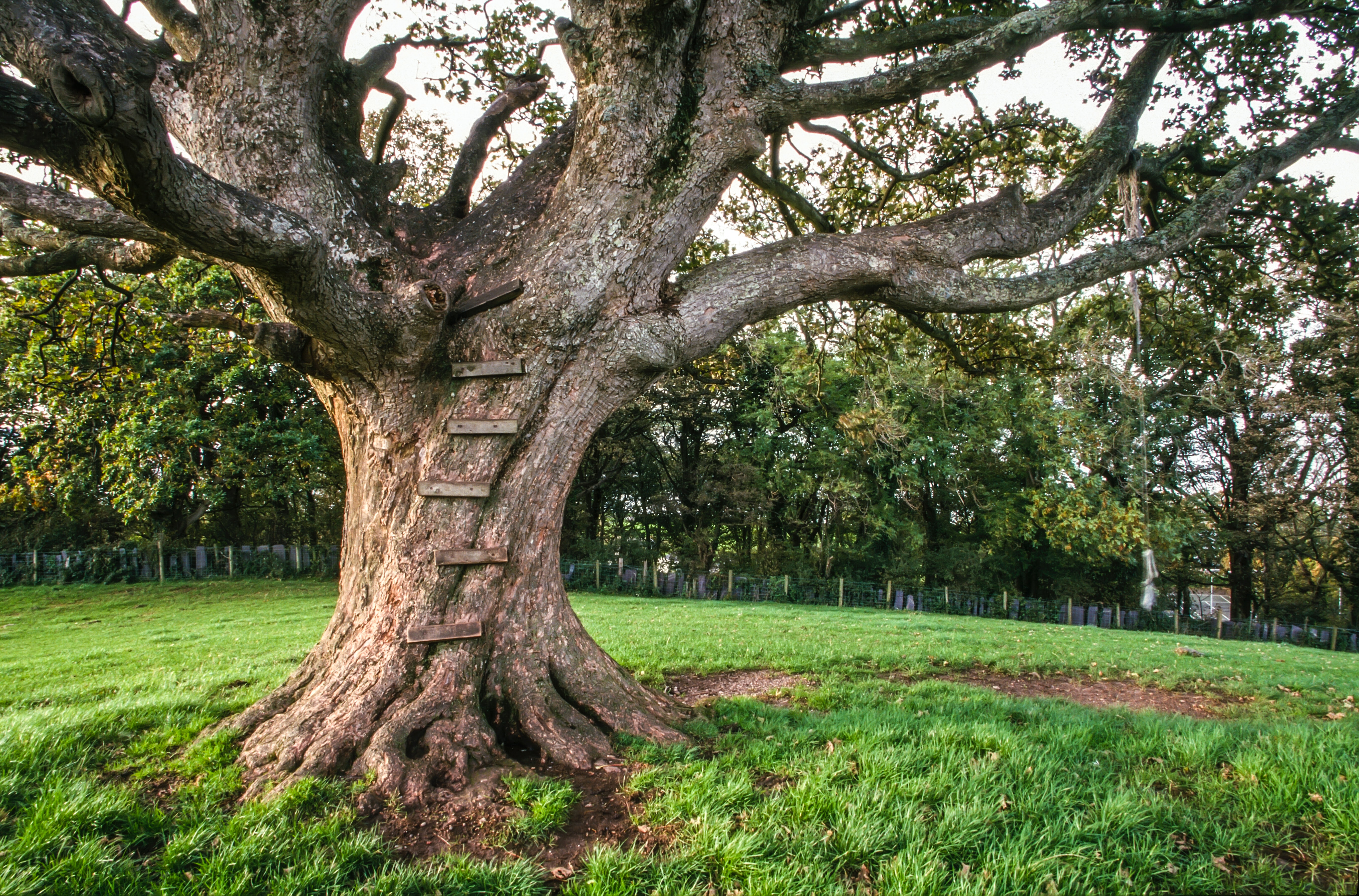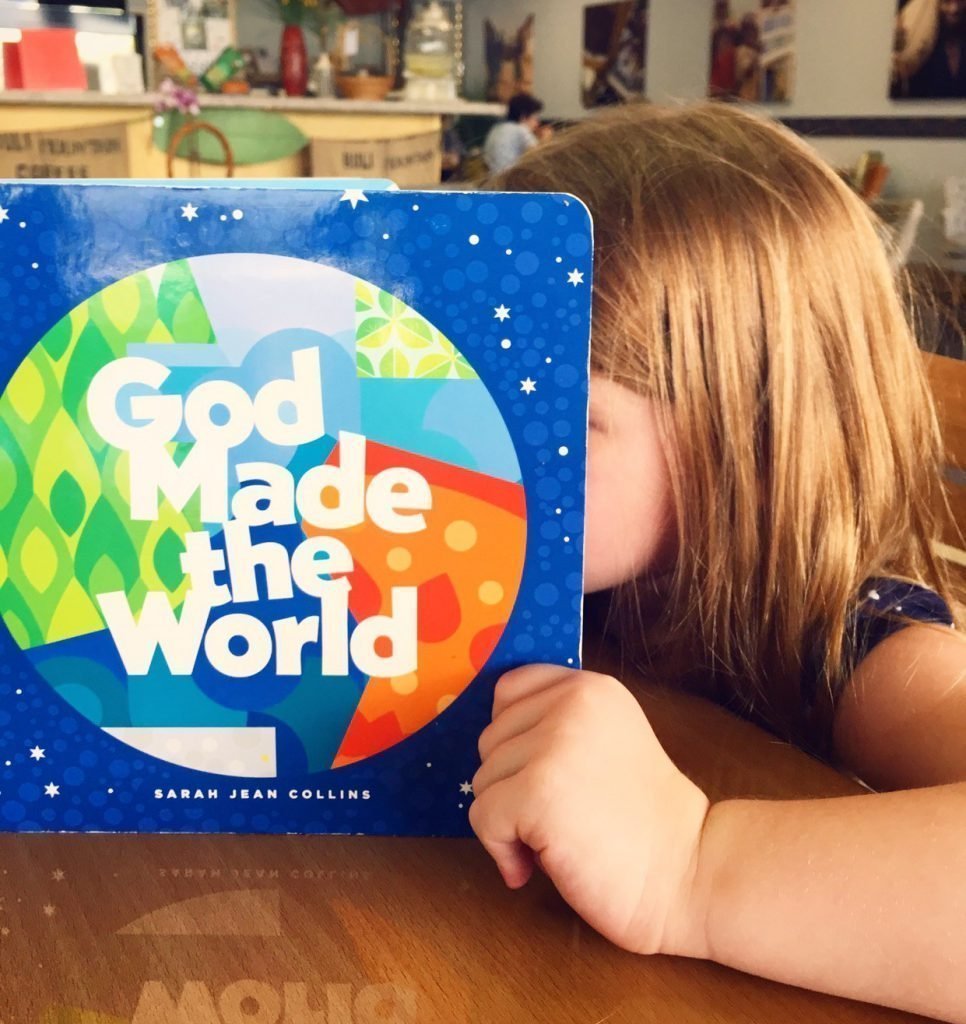This article was originally written by Lexi Young Peck.
I remember being seven years old climbing to the very top of my pine tree that stood beside my childhood home. The lowest branch was too high for me to reach, so in order to begin my quest I had to pull a ladder out of the barn and push it up as close as I could to the base of the Pine. This in itself was a task as the ladder towered over my scrawny body. Finally, the ladder was in place and slowly, I pulled myself up and into the tree. Sticky sap smudged my fingers. Pine needles poked into my palms with every strategic placement of my hands, firm and purposeful. One unsteady step would result in a slight slip, and the branches that caught me would leave scratches down my leg. I simply wiped the drips of blood away as I reached up for the next branch. I was not satisfied in reaching the level of my home, I had to get to the top. I had to reach the part of the tree that sways each time the wind blows, where I could see beyond my yard and into what was beyond. There I was, seven years old, white knuckling the swaying Pine and finally surveying my epic feat of bravery, filled with a mixture of terror and unbelievable pride at what I had done. Thankfully, my nervous system was in full survival mode, reminding my hands to hold firm. I knew I was swaying on the edge of chaos and potential risk, and even then my heart knew I had no other choice but to reach for the next branch.
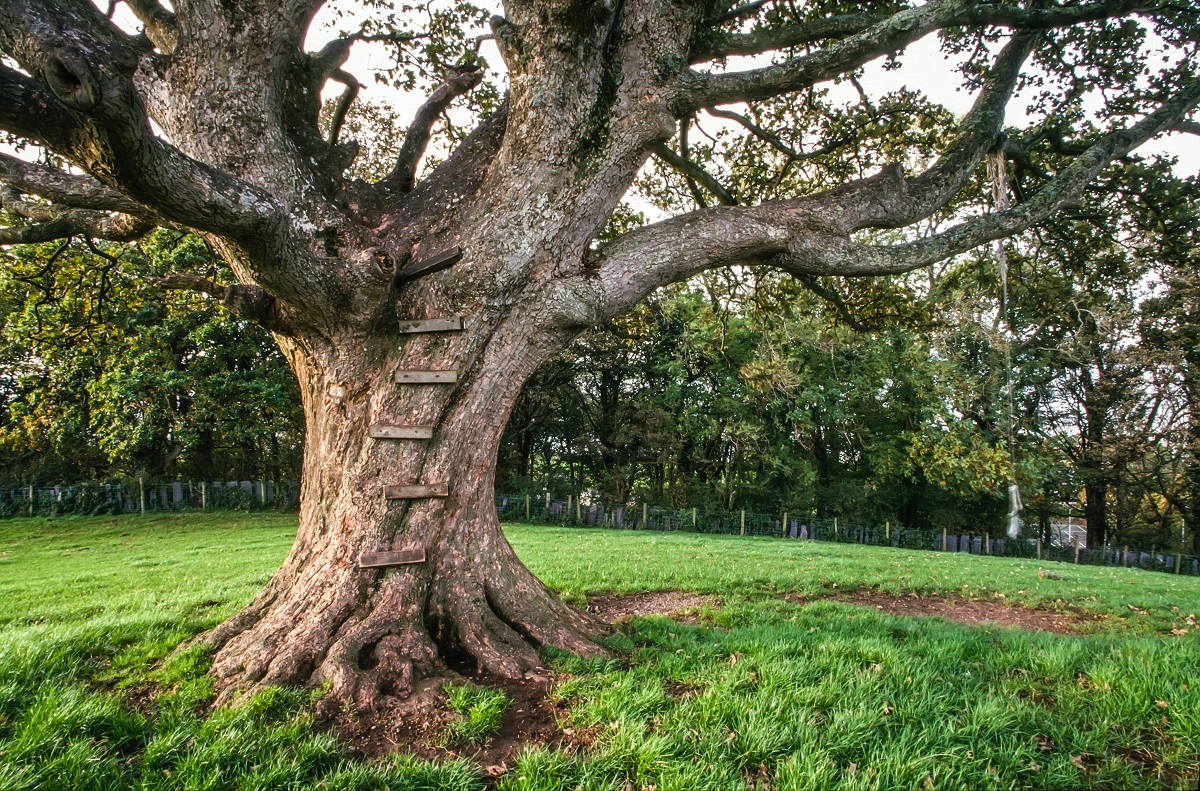
Beginning in infancy we express the desire to extend ourselves into the next way of being. We take on the frustration of rolling over, to the trial and error of crawling, all in an effort to one day attempt our first steps. Each of these acts of courage receive high praise and excitement from those surrounding us, and the messages are the same. There is risk, and sometimes bumps and bruises while you learn, but the only person who can roll, crawl, or walk for you, is you. This bedrock reality is one of the driving factors that sparked the inspiration behind What Do You Say to a Dragon?
My desires for my children do not always align with what I feel I am capable or able to provide. I have had to learn, and am still practicing, how to hold the tension of protecting my children from the inherent dangers within growth and risk while also encouraging them to approach life as an adventure of incremental mastery, resulting in a growing ability to face the world within a trajectory of trusting themselves. In my children’s book, the young boy wants to be released from his fear, and his dad engages him in a way that creatively empowers his son’s own journey toward freeing himself from his dragon. “It is ok to be afraid, but who is the only one who can do this for you? It is you!”
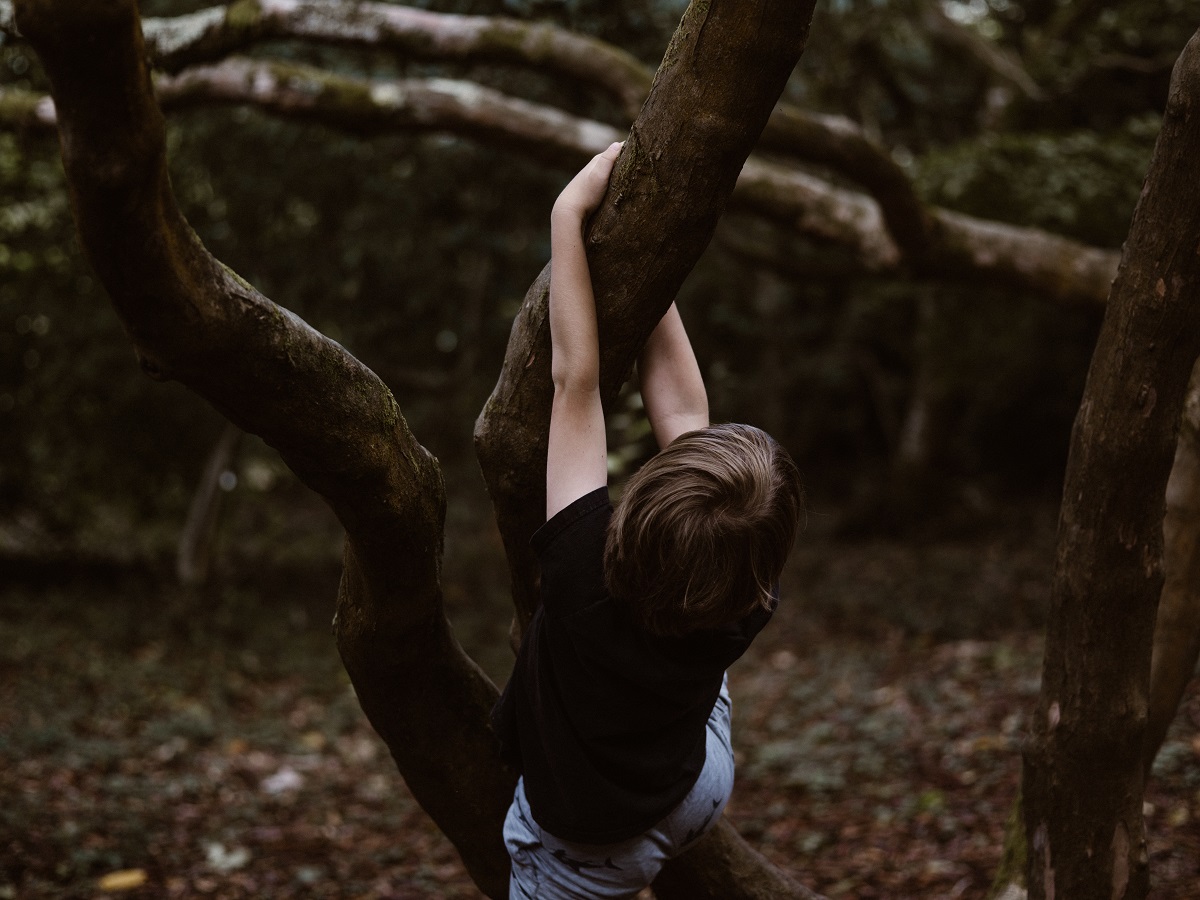
When I think about my childhood, climbing my pine tree, swaying with the natural swing of wind and branches, I remember how I want to encourage my children. I seek the next branch ‘for’ them, until seeking becomes a part of their own desire. I encourage the placement of their next foothold that propels them toward something higher, until they no longer need my guidance to find a firm place to stand. I let them wipe the blood that drips, the proof of the journey that tells of the adventure of facing fear and overcoming risk. I speak the words of encouragement that were so easily spoken in their infancy, “It is ok to feel your fear, but the only one who can do this, is you!”
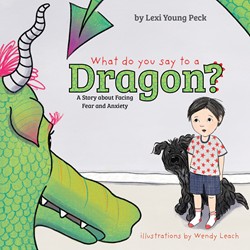
What Do You Say to a Dragon? by Lexi Young Peck
A young boy wakes from a nightmare about a scary dragon and comes to his parents for comfort. Instead of responding with answers that can feel dismissive to a child such as, “It isn’t real. Don’t be afraid,” his parents’ reply models for moms and dads how to have healthy, healing discussions with their children that include phrases such as, “I hear what you are telling me, and it sounds scary.” Instead of denying fear, kids will learn to face it head on and to stand up to things that scare them when appropriate.
What Do You Say to a Dragon? is a whimsical book that empowers children to express their emotions and use their imaginations to change the power dynamic of anxiety while also giving parents a healthy approach to helping their kids face fears.

